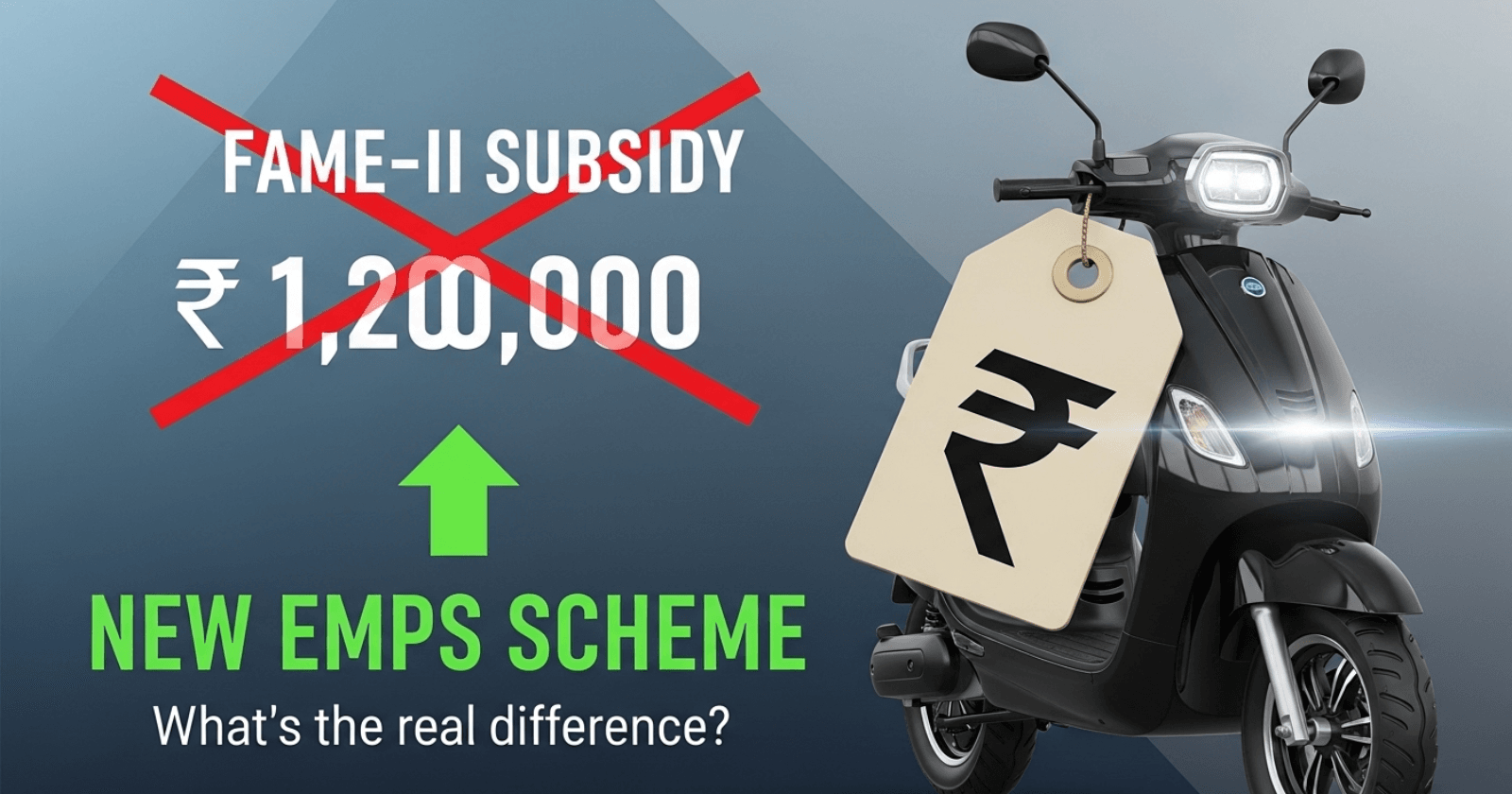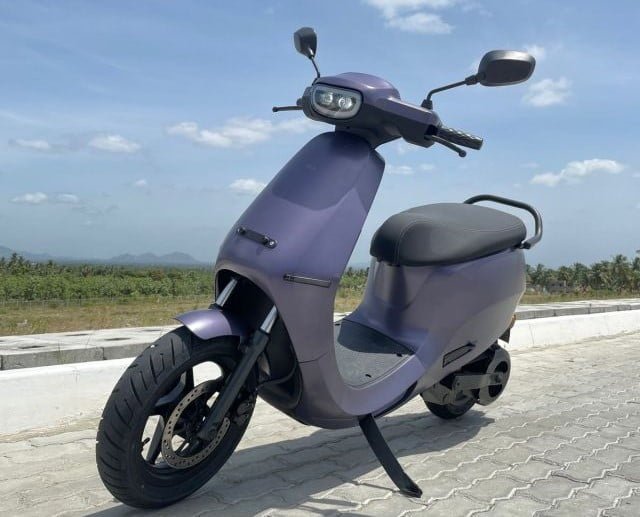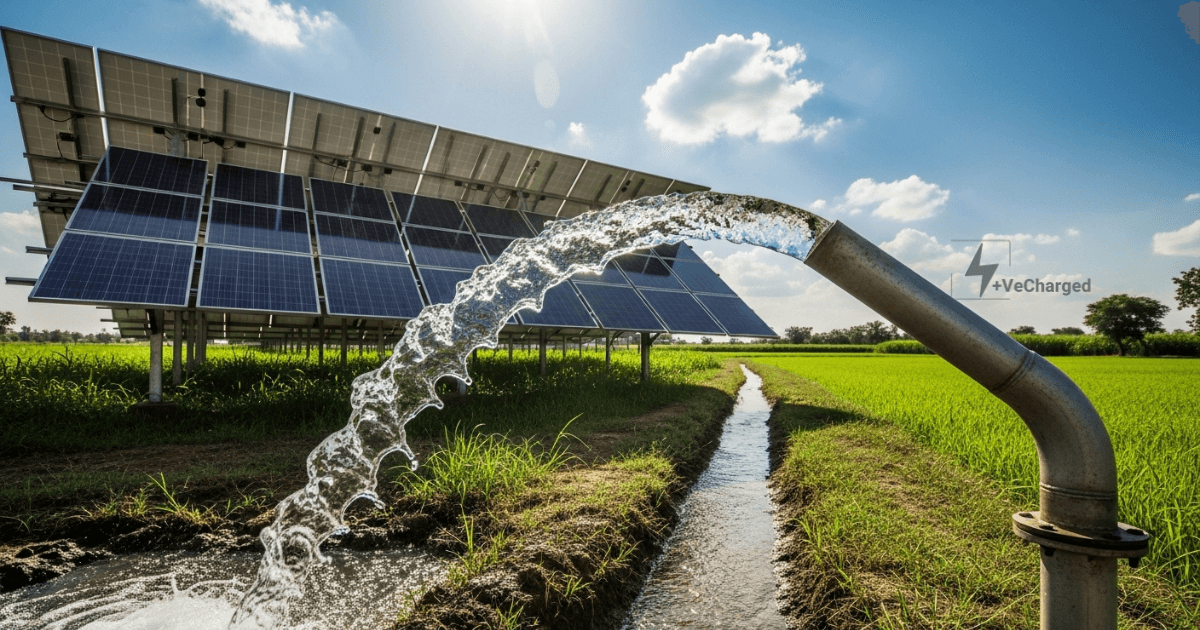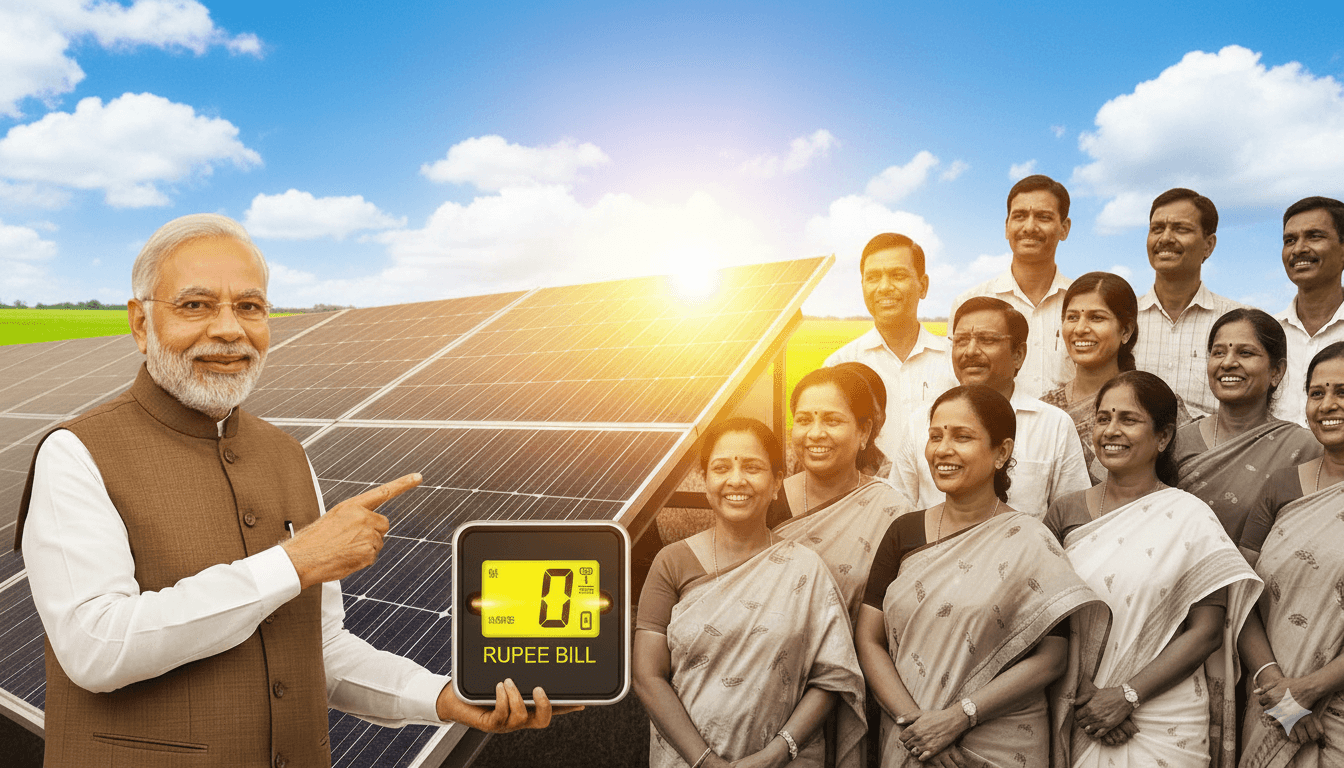Imagine slashing your electricity bill to zero. Forever. That’s the electrifying promise of India’s PM Surya Ghar: Muft Bijli Yojana, a massive government scheme offering huge subsidies for rooftop solar panels. With a staggering budget of ₹75,021 crore aimed at putting solar on 1 crore (10 million) homes by March 2026, it sounds like an unbelievable opportunity.
The math is incredible: a subsidy of ₹30,000 per kW for the first 2 kW and ₹18,000 for the third kW, capping at ₹78,000 for a 3 kW system. For many families, this covers 40-60% of the total cost, leading to payback in just 2.5 to 6 years, followed by decades of free electricity.
So, why isn’t every eligible rooftop in India already soaking up the sun? Despite this “free money,” the reality on the ground is far more complex. National data reveals a shocking disconnect: only about 24% of those who applied had actually received installations by late 2024. What’s stopping millions from claiming their share of this solar gold rush?
The Incredible Math: Why Solar Should Be a No-Brainer
Let’s be clear: the financial incentive is massive. Here’s a realistic look at what a typical rooftop system costs in India after the PM Surya Ghar subsidy:
Typical Rooftop Solar Costs & Payback (Post-Subsidy, 2025)
| System Size | Estimated Total Cost (Approx.) | PM Surya Ghar Subsidy | Your Final Cost (Approx.) | Potential Annual Savings (Est.) | Payback Period (Est.) |
| 1 kW | ₹50,000 – ₹60,000 | ₹30,000 | ~ ₹20,000 – ₹30,000 | ~ ₹6,000 – ₹9,000 | 3-5 Years |
| 2 kW | ₹1,00,000 – ₹1,20,000 | ₹60,000 | ~ ₹40,000 – ₹60,000 | ~ ₹12,000 – ₹18,000 | 3-5 Years |
| 3 kW | ₹1,50,000 – ₹1,80,000 | ₹78,000 | ~ ₹72,000 – ₹1,02,000 | ~ ₹18,000 – ₹27,000 | 4-6 Years |
(Costs vary by state, installer, and component quality. Savings depend on your electricity tariff and consumption.)
After this short payback period, your solar electricity is essentially free for the 25+ year lifespan of the panels. A typical 5kW system can save a household ₹50,000-₹60,000 annually. It’s one of the best investments an Indian family can make. So, what’s the hold-up?
The Real Roadblocks: Why Millions Aren’t Claiming Their Subsidy

Talking to homeowners and installers reveals a frustrating reality. The barriers aren’t about the desire for solar, but the practical hurdles in accessing it:
- The Information Maze & Bureaucracy: Where do you start? Which portal is correct? What documents are needed? Confusing processes and eligibility errors lead many to give up. Data shows states with complex approval systems (like UP with only a 9.6% conversion rate of applications to installations) lag significantly.
- Upfront Cost & Loan Nightmares: Even the post-subsidy cost is a hurdle for many. While low-interest solar loans are part of the scheme, a shocking only 41% of approved loans were actually disbursed in 2024, indicating major issues in accessing finance.
- The Trust Deficit: Finding a reliable installer is crucial. Horror stories about shoddy work, disappearing vendors, or installers who don’t properly handle the subsidy paperwork make homeowners wary. (Crucial Tip: The official PM Surya Ghar national portal is the only place to find MNRE-approved vendors).
- Net Metering Mess: Getting approval from the local electricity distribution company (DISCOM) to connect the solar system to the grid (net metering) can be painfully slow and bureaucratic. This uncertainty discourages both homeowners and installers. States with weak grid infrastructure (like Assam with a mere 1% conversion rate) face the biggest challenges here.

Unlocking India’s Rooftop Revolution

Prime Minister Narendra Modi’s flagship scheme, the PM Surya Ghar Muft Bijli Yojana, aims to provide heavy subsidies for rooftop solar, enabling citizens to achieve a zero-rupee electricity bill.
The PM Surya Ghar scheme is a visionary policy with enormous potential. To truly unleash India’s solar power, we need to bridge the gap:
- Simplify Everything: Clearer, step-by-step guides (in local languages!), accessible helplines, and promotion of the national portal.
- Fix the Financing: Ensure approved loans are disbursed quickly and easily.
- Streamline Approvals: Faster processing for net metering by DISCOMs is non-negotiable. Incentives for DISCOMs worth ₹4,950 crore are included in the scheme budget – they need to deliver.
- Build Trust: Promote verified vendors and transparent customer reviews.
Your Chance for Free Power is Real
If your home is suitable for solar, don’t let these hurdles stop you. The ₹75,021 crore allocated for this scheme until March 2026 represents a historic opportunity. The financial benefits are undeniable, offering decades of protection against rising electricity costs.
Start by visiting the official PM Surya Ghar national portal. Find a registered vendor in your area. Get multiple quotes. Yes, it takes some effort, but the reward – a lifetime of cheaper, cleaner power – is absolutely worth it. Don’t leave your share of free solar money unclaimed.

I’m a writer and analyst who explores the clean energy transition, with a focus on electric vehicles and solar power.
My journey began five years ago as a firm skeptic. Determined to debunk the hype around EVs, my in-depth research led to an unexpected conclusion: the future I was questioning was already here. This realization didn’t just change my mind; it put me in the driver’s seat of my own EV.
Today, I’m passionate about sharing the clarity I found. I provide the practical, data-driven insights people need to feel confident and excited about navigating their own path to a sustainable future.




